The cruise industry is constantly changing, and the next decade promises to see the biggest changes ever.
How much can change in just a few years? Consider that at the beginning of 2010, nine of the ten currently largest cruise ships in the world had yet to set sail.
Ten years before that — at the start of the year 2000 — Galveston, Texas, had yet to be a departure port for cruises. Today it is the largest cruise port outside of Florida.
In other words, what can happen in just a few short years can dramatically change the landscape. Given that it’s the start of a new decade, we thought it would be fun to explore what passengers might expect as we head through the next 10 years.
This is a hint of what cruising in 2030 could look like…
More Big Ships (But Not Necessarily Larger)
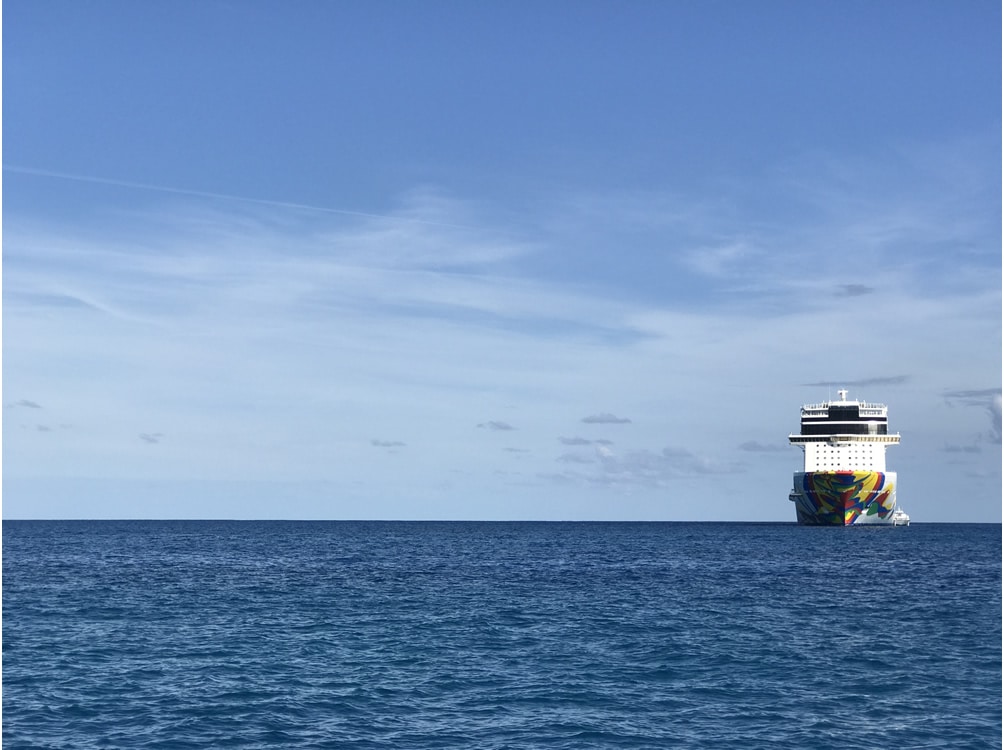
There’s no doubt that the trend in cruising is toward larger vessels. In this metric Royal Caribbean leads the way with the four largest cruise ships in the world, and five of the largest ten.
But other cruise lines are catching up, with lines like MSC, Norwegian, and Carnival all building their largest ships too. During the next decade we expect every line to continue to build out their fleet with ships that dwarf their older fleet. In other words, the average ship on each major line will continue to get larger.
That said, we don’t think the largest cruise ships will get much larger. For now it seems that the size of the largest ships has reached a plateau. Royal Caribbean’s Oasis of the Seas was built in 2009 and still ranks as the third-largest in the world. It has two sister-ships that are marginally larger (less than 1% based on tonnage).
Rise of Smaller Ship Cruising
While the average ship will continue to get larger, that doesn’t mean you should say goodbye to smaller ship cruising. In fact, the bigger ships are likely to lead a surge in interest in more intimate cruise lines and ships.
Over the past decade there’s been a big interest in smaller vessels that provide a much different experience than what you’ll find on the big lines. From simply being easier to navigate to offering itineraries with smaller ports of call, smaller ships have a lot to offer.
Combine that with the alternative being ships carrying up to 6,000 passengers and it’s clear that larger cruise ships on other lines can actually be a positive for lines offering small-ship cruising.
Expect More “Resorts Within a Resort”
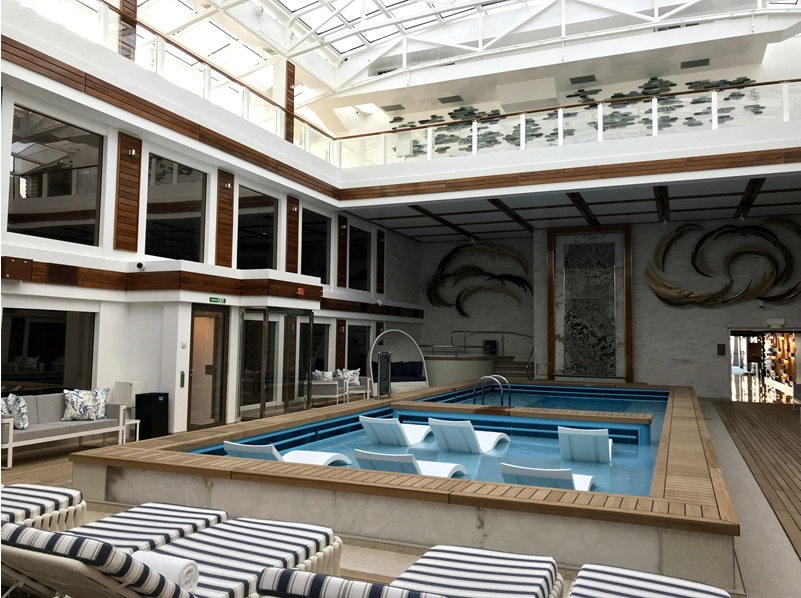
Cruise lines know that not everyone likes being just another passenger on a cruise ship with 5,000 other people. So how do you attract those looking for a special experience when you have a huge cruise ship?
You build a resort within the resort.
Norwegian is perhaps best-known for this with its “Haven” area that includes higher-end cabins, an exclusive restaurant, pool, and other private areas. We are seeing other lines move in this direction and expect to see more of it over the next decade. For example, Carnival offers its Havana cabins and the Family Harbor cabins on its Vista-class ships.
These different spaces are a win-win for the cruise line. They allow them to charge more money for certain spaces on the ship while also keeping passengers that might have otherwise gone to a smaller cruise line.
Private Islands Will Get More Extravagant
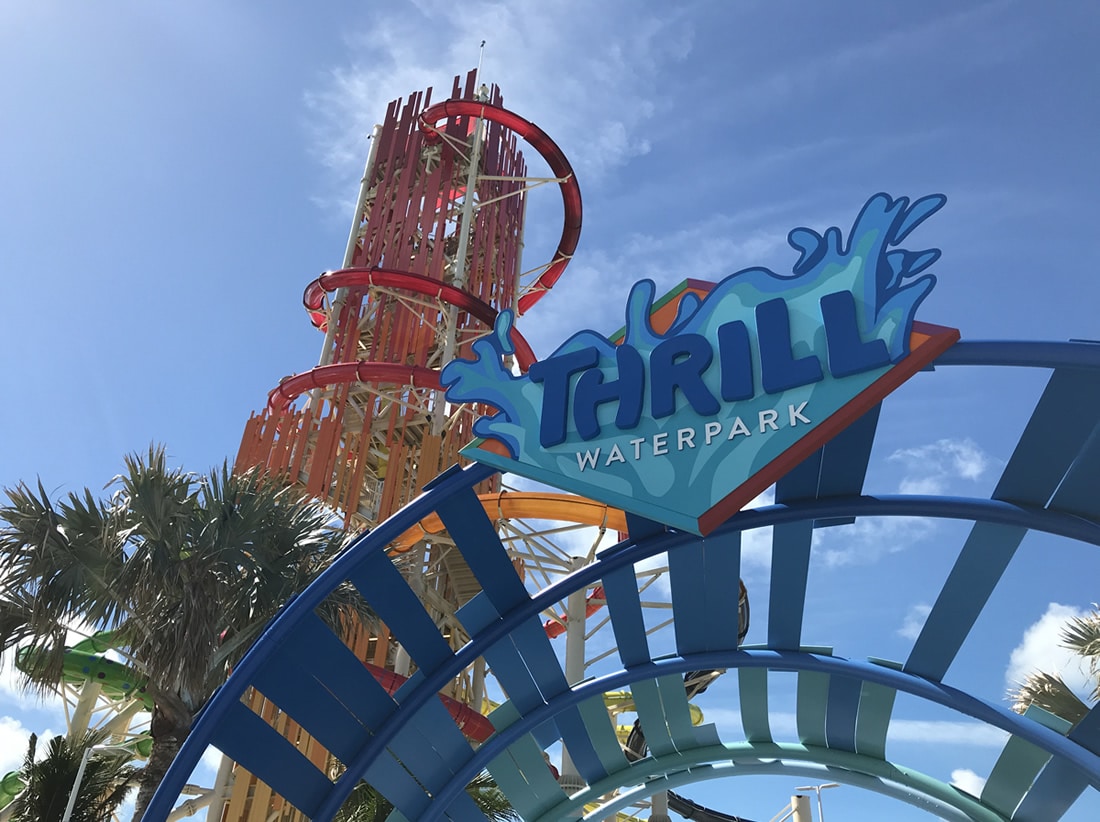
While cruise lines have competed with each other with larger ships, it’s not until recently that the battle has moved to land. More specifically, we’re talking about private islands.
While cruise lines have had private islands for their passengers for decades, it was the recent $250 million renovation of Royal Caribbean’s CocoCay that changed the landscape. Complete with the largest pool in the Caribbean and the tallest waterslide in North America, the redesigned island is so much more than just a sleepy island with a nice beach.
Over the next decade we expect that all the other lines will completely renovate their own islands to try to meet — or beat — CocoCay. In fact, we’ve already seen Norwegian offer a new Silver Cove area (a private retreat) on its island, and heard whispers that more plans are in the works.
Expect Charges For More Things on the Ship
While many people think of cruises as offering everything all-inclusive, those days are largely gone. Today there are extra charges for many things on cruise ships. From specialty restaurants to some activities to room service, the number of things with extra charges has grown dramatically.
Today, cruise lines make about a third of their revenue with onboard spending. Meanwhile, many consumers have grown accustomed to extra charges for things that used to be complimentary in all walks of life, such as baggage fees for airports.
In other words, it won’t surprise us to continue to see more fees and charges on cruise ships in the coming years (perhaps baggage fees?). This could also include free levels of service but charges for better service or priority access.
More All-Inclusive Options for Cruisers
Cruise lines know that passengers don’t like being nickeled-and-dimed. At the same time, the opportunity to earn more money is enticing (cruise lines are public companies after all). So what’s the solution?
We think that in the next decade cruise lines will offer more all-inclusive options… for a price.
Instead of paying a low fare and then having to pay for things like drinks, restaurants, Internet and more, what if passengers instead had an extra fee they could pay and get anything they wanted without another charge?
We’ve seen some cruise lines asking about this sort of setup in surveys, and a few already have sales with extras included. During the next decade we expect that you’ll be able to pay a flat surcharge and get all the extras included in your fare.
Greener Cruising Is Coming
It’s no surprise that cruising is likely to become more “green” in the next ten years. Seemingly every industry is trying to be more environmentally-friendly. Meanwhile, the cruise lines have slowly but surely moved that way recently.
We are starting to see the arrival of ships that burn cleaner fuels and the elimination of single-use plastics on some ships and lines.
In the next decade this trend is likely to accelerate. For instance, Virgin Voyages — set to launch in 2020 — has already said they won’t have single-use plastics on their ships starting day one.
More Departures… Outside of Florida
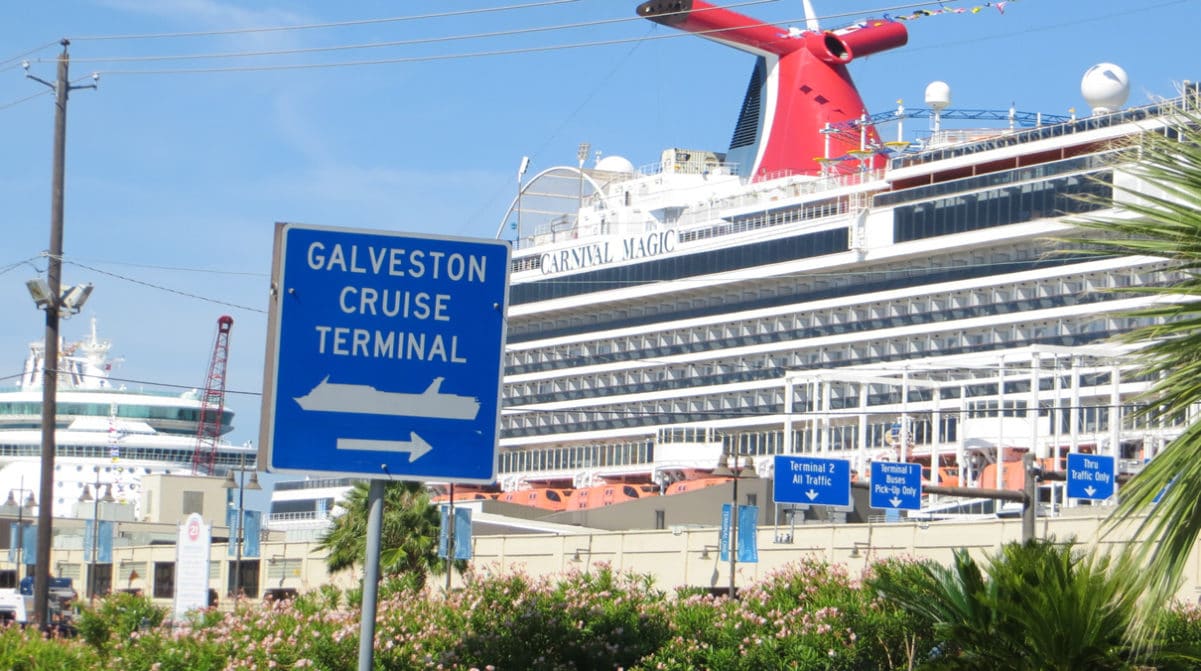
Florida is the capital of cruising and that won’t change in the next decade. However, as fleets continue to grow — as does the popularity of cruising — that will mean departures from more ports around the country.
We mentioned earlier how Galveston went from nothing about 20 years ago to the fourth-largest cruise port in the United States today. But there are lots of smaller ports around the country such as Los Angeles, Seattle, New York, Charleston, Mobile, New Orleans, Baltimore and others.
With growing cruise line fleets, these less-serviced ports should see more and larger ships over time. Los Angeles, for instance, recently welcomed the Carnival Panorama — Carnival’s newest ship in its fleet.
This is a great thing for those who live within driving distance of a port outside of Florida. Without having to pay for airfare to a port, taking a cruise is considerably cheaper.
What would you like to see in the next 10 years? Let us know in the comments below…






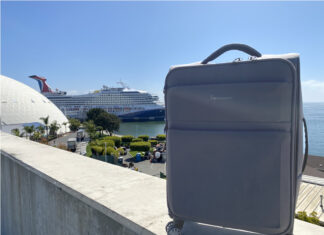
Better food in main dining room. Over the years the food has declined as cruise ships push speciality restaurants. If they need to charge more for the cruise do it!! Grey, smelly salmon I was served on Celebrity is not going to make me spend more for specialty restaurants. It’s going to make me never to sail on Celebrity again and book on Oceania! Finest cuisine at sea!